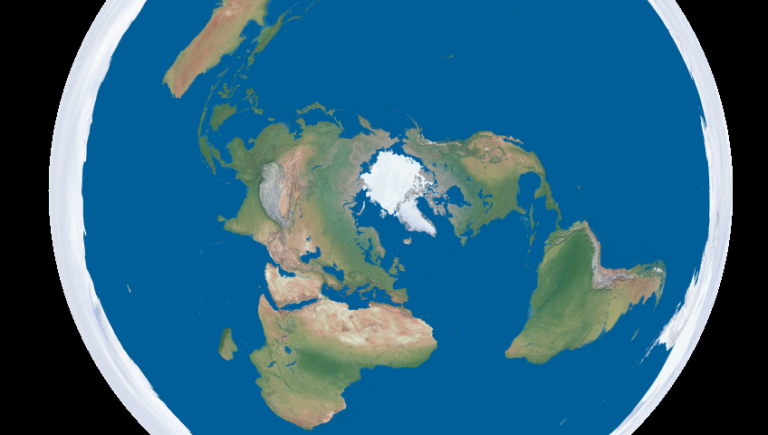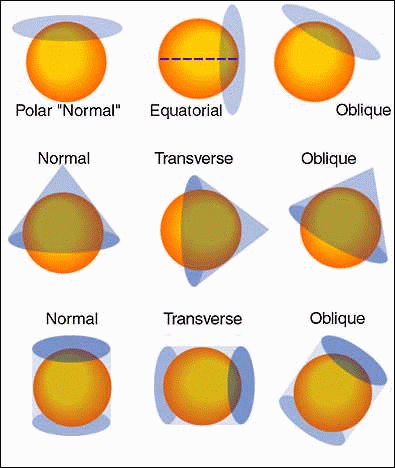

Rarely do we use 3-dimensional spherical geometry models in our day-to-day applications. Most often while dealing with geodesic paths on the earth’s surface, we resort to the use of a variety of 2-dimensional maps. We will discuss this further as we progress through this article. Due to the oblate shape of the earth, the geodesic path along the surface deviates a bit from the spherical geodesy model. This shape is termed as Oblate Spheroid or just Oblate. The earth is slightly flattened at the top and bottom near the polar latitudes that give it a shape that appears to be a little bulged at the equator. However, we must bear in mind that contrary to what some might believe, the earth is not strictly spherical in shape. This is typically the path that is taken by propagating radio waves from one point to another. A Geodesic Path is the shortest path between two points on a curved surface, like that of the Earth. This brings us to the concept of Geodesic Path in context to a spherical earth geometry.

The term Geodesy has its origin from the Greek language and is defined as a branch of applied mathematics concerned with the determination of the size and shape of the earth and the exact positions of points on its surface. Acquiring a working knowledge of the basic concepts of Maps and Geodesy for terrestrial HF radio communication is important to radio amateurs.


 0 kommentar(er)
0 kommentar(er)
